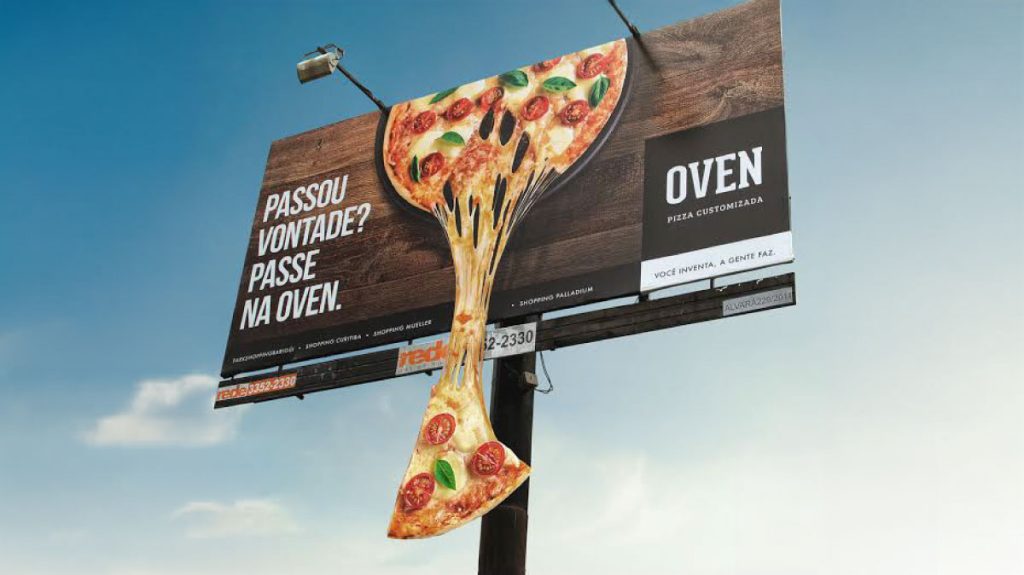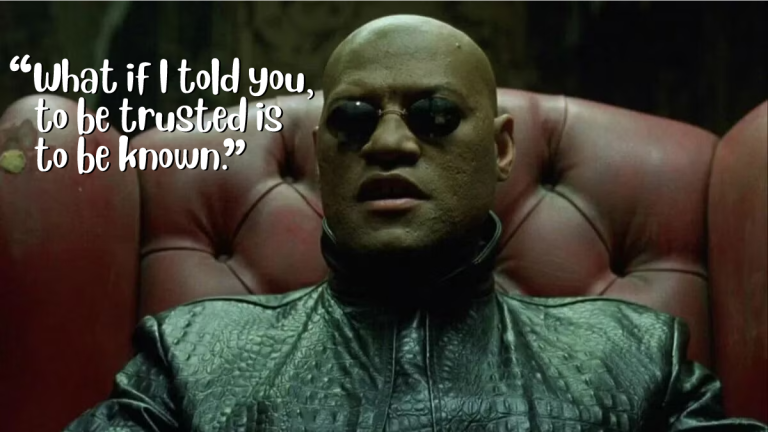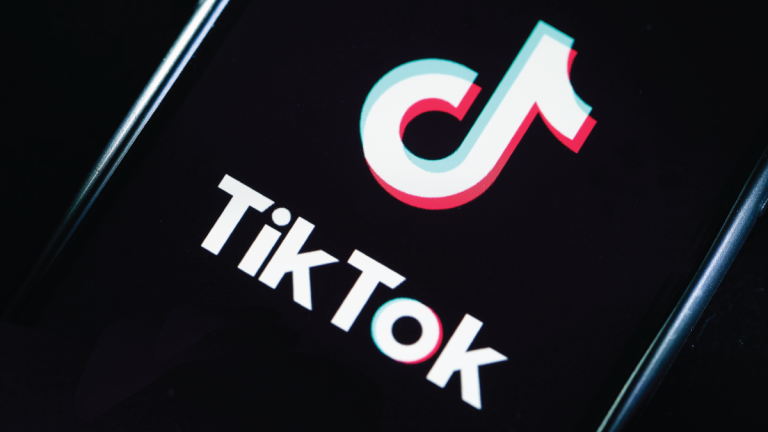
Business (and Marketing) Has a Problem...
Did you know social media has a Kardashev-inspired scale for businesses?
I know, because I created it.
For those who are unaware of the Kardashev Scale, it’s a hypothetical way of measuring a civilization’s technological advancement by the amount of energy it can control and use (e.g. Type I, Type II, Type III).
What I found after speaking with dozens of clients (mostly startups) was that they wanted to be Red Bull or Dr. Squatch on social media, but they have almost no budget and less than 5 full-time marketing staff.
What I advise them is that Red Bull and Dr. Squatch are Type IV businesses (i.e. Enterprise), whereas, they are a Type I (i.e. Pre-Early Presence).
As such, this will dictate the number of platforms, the post frequency, post type, and how your brand manages engagement.
So, as a Type I business, they should 𝐧𝐨𝐭 be focusing on high-budget video campaigns, influencer partnerships, events, cultural moments, lifestyle branding, etc.
Instead, focus on building the brand, behind-the-scenes, and the feature more of the founder and staff.
Using this framework focuses ideas around what is reasonable to execute, helps get early adopters, and builds a foundation for brand enthusiast.
As you scale in revenue and headcount, then it makes sense to evolve your social strategy to the next tier.
Type I — Pre / Early Presence
Profile: Small startup, 3–10 people, <$1M revenue.
Objective: Build awareness, humanize the brand, attract first customers.
Approach:
- Platforms: 1–2 max (primary + secondary) where your audience already hangs out.
- Frequency: 2–3 posts per week.
- Content: Behind-the-scenes, founder stories, team culture, product demos, customer testimonials, founder-led updates, early product shots, storytelling around “why” and vision.
- Focus: Authenticity over polish; don’t worry about reach yet, just consistency, engagement and education; lean into scrappy, personal content.
Type II — Emerging Brand
Profile: 10–50 people, $1M–$10M revenue.
Objective: Establish brand identity, create a repeatable content system.
Approach:
- Platforms: 2–3 channels (e.g., Instagram, LinkedIn, TikTok depending on audience).
- Frequency: 3–5 posts per week, mixed formats.
- Content: Mix of thought leadership, brand-building campaigns, product storytelling, user-generated content.
- Focus: Start using light design/production help, experiment with paid promotion.
Type III — Growth Stage
Profile: 50–200 people, $10M–$100M revenue.
Objective: Scale presence, build authority, widen funnel.
Approach:
- Platforms: 3–4 (core + experiments).
- Frequency: Daily posting cadence possible.
- Content: Brand campaigns, short-form video, community engagement, partnerships/collabs, event coverage.
- Focus: Team support — dedicated social media manager or small team; defined brand voice and style guide.
Type IV — Enterprise Brand
Profile: 200+ people, $100M+ revenue.
Objective: Omnipresence, mass brand equity, global awareness.
Approach:
- Platforms: 4–6 (covering all major platforms, possibly region-specific).
- Frequency: Multiple posts daily across channels.
- Content: High-budget video campaigns, influencer partnerships, events, cultural moments, lifestyle branding.
- Focus: Full in-house or agency team, always-on content strategy, media buying at scale.
Key Takeaways
- Don’t punch above your weight. Red Bull–style content is a Type IV strategy — a Type I startup will burn out trying to replicate it.
- Match ambition to resources. Headcount and budget dictate not just what you post, but where and how often.
- Founder energy is fuel. At early tiers, authenticity from the founder/team beats high production.
- Progression matters. Move up the tiers as resources and audience grow; don’t try to skip levels.
Casey Neistat is a Master Storyteller
Continue Reading: Casey Neistat is a Master Storyteller

Continue Reading: Adapt or Die: Your Company is Either Growing or Dying
- Related post: The T-Shirt Theory of Branding
- Related post: The Power of Branding: John’s Family Premium Organic Garlic
- Related post: Why You Don’t Want to Run a Business that Relies Solely on Ads


Continue reading: What’s the ROI of a Billboard








